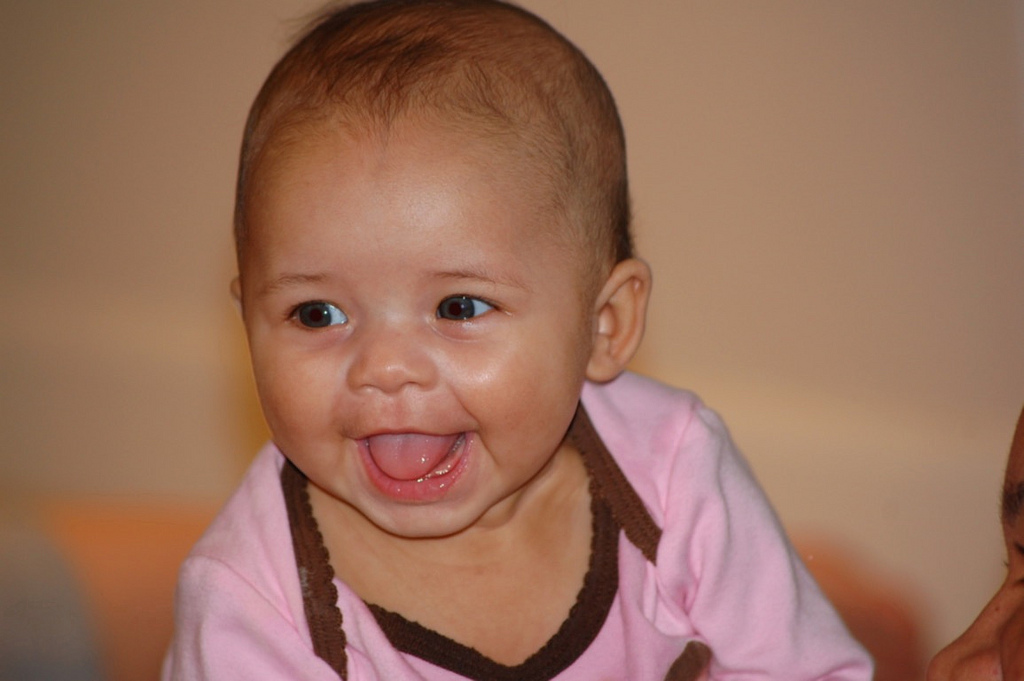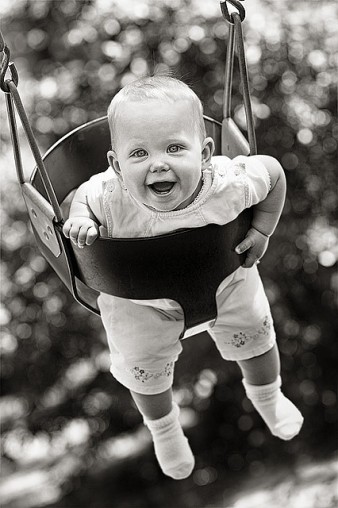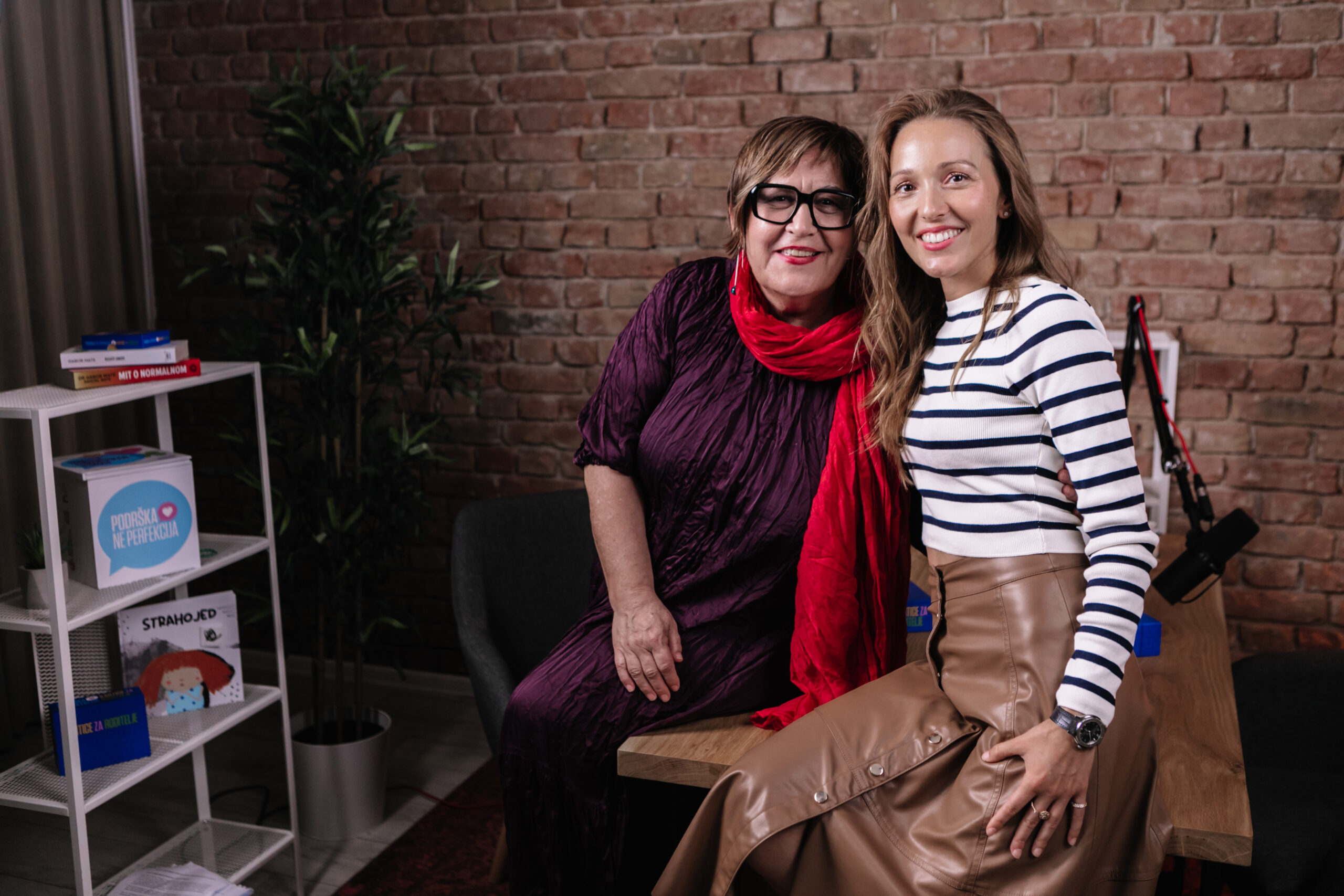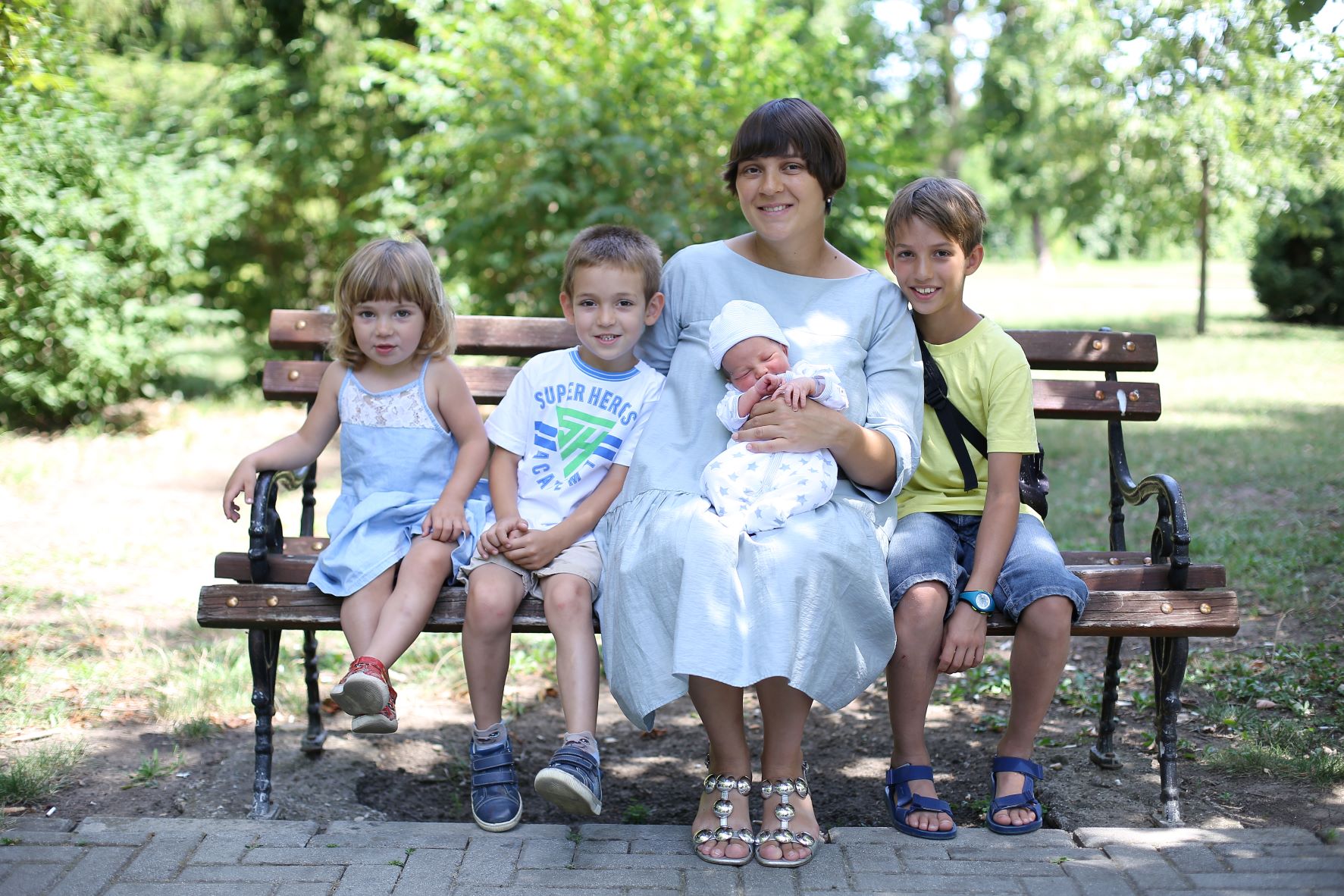A recent study by the Sutton Trust revealed that as many as 40% of children are insecurely attached to their parents.
At some point in the crucial period between birth and three years old, they have not formed a secure bond with their primary caregiver which will give them the security and skills in order to learn, explore and relate to others. This therefore means that 40% of our children risk low educational attainment, a propensity to more risky behaviours including criminal activity and even obesity as well as impacting on their relationships with their teachers, their peers and their future partners.
What are secure attachments and how can I develop them with my child?

Photo credit: Etolane / Foter / Creative Commons Attribution-NonCommercial-NoDerivs 2.0 Generic (CC BY-NC-ND 2.0)
This is the bond that develops between parents and their children and is a result of warm, sensitive and consistent care and leads to good social and emotional development. From about the age of six months, babies begin to anticipate their parent’s responses to their distress and from this point they adapt their behaviour, finding ways to manage their feelings. So by parents responding to their baby’s cries and meeting their needs, trust builds between them. The child then learns how to manage their feelings and behaviour as well as develop confidence, self-reliance and independence. As they feel sure in themselves, they are better able to relate to others and develop relationships as they approach school age.
Many parents instinctively promote secure attachments with their child by comforting them when they cry and looking at them lovingly. Talking, laughing and playing with your child teach them that social interaction is fun and the child develops the confidence that if they are distressed, their parent will respond and make it better. Children with secure attachments exhibit less separation anxiety because they are confident that the parent will return and they have developed skills to regulate their emotions.
What are the risks of inadequate attachment?
Out of the 40% of children who are insecurely attached to their parents, there are two main ways that children respond to this stress. Some children avoid their parents when they are distressed because their emotional needs have been ignored and some children end up resisting the parent because their distress is made worse by the parent or because the parent responds unpredictably. These responses can later manifest themselves through behavioural problems, poor social relationships, depression and anxiety.

Photo credit: J Jackson Foto / Foter / Creative Commons Attribution-NonCommercial-NoDerivs 2.0 Generic (CC BY-NC-ND 2.0)
What can cause poor attachment?
Parents who themselves have insecure attachments are the strongest predictor of replicating this in the next generation. Those who struggle with parenting due to poor mental health or poverty are also at risk of having insecurely attached children too due to the nature of stress and chaos around them which divides their attention. As a professor of infant mental health, Alicia Lieberman, has put it,
when you are bombarded with poverty, uncertainty, and fear, it takes a superhuman quality to provide the conditions for secure attachment.2
How can I build a good attachment with my child?
- Spend time with your child: Reading and playing with your child builds your bond and develops closeness between you. Whilst your child will learn and be reassured by your touch and your voice, you too will start to learn the subtle differences in how they communicate. Every time you interact with them, you are teaching them about communication, so think about your body language and facial expressions. Some parents find Makaton signing a useful tool to develop a means of communication before your child has the language to convey their needs and wants. Whilst this is typically used for children with speech and language difficulties, it can also be a useful tool for all parents and their children. (For more information go to http://www.makaton.org/)
-

Photo credit: thejbird / Foter / Creative Commons Attribution 2.0 Generic (CC BY 2.0)
Watch and listen: What do they do before they cry? What are the differences between their cries e.g. if they are tired or hungry. What positions do they like to be held in? Answers to these questions can help you to meet your child’s need.
- Baby massage: This can be a wonderful way to spend time together, encourages eye contact and has been linked to a host of benefits including better sleep, better immunity and can be a great relaxer and soother for both parent and baby.
- Look after yourself: You too need time off to be a good parent and to renew your energy. Ask for help to allow you to have a sleep or go for a walk. Think about how you manage your stress and anxiety. Having a baby can be a stressful time but they are attuned to picking up on anxiety which in turn makes them anxious. This can perpetuate a baby’s distress which in turn leads you as a parent to becoming more stressed; an upsetting vicious circle for both parent and child.
- Don’t take it personally: Your child is not judging you and you are not a bad parent when you can’t soothe your child. Sometimes babies fuss. Perhaps they are teething, perhaps they are sick or perhaps they are just grumpy. Stay calm and it will pass. Use it as an opportunity to understand all sides of your child’s personality and perhaps you will discover a new trick for the next time they fuss.
There are no absolute rules. What are your top tips for soothing your little ones when they won’t settle?

















